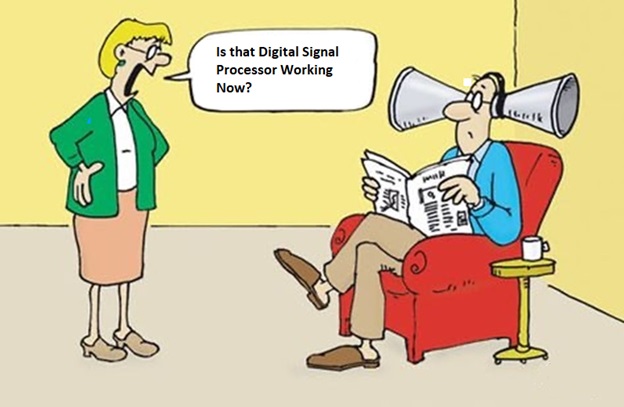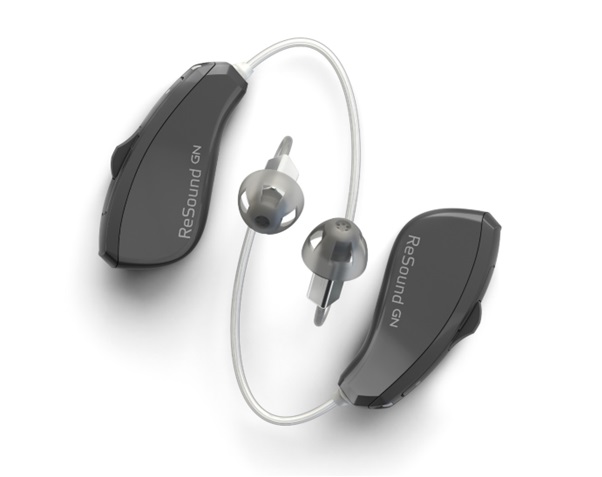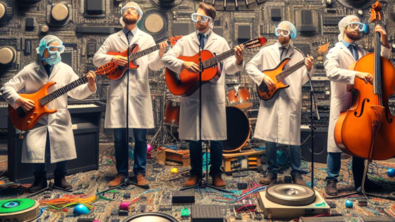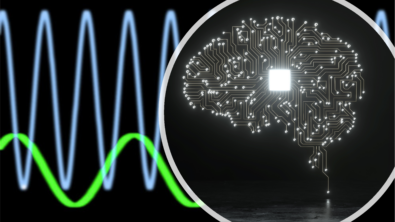Do you hear me now?

Accelerating mixed-signal verification of DSP chips with Siemens Symphony

My parents live in India, and my dad, gracefully aging in his 70s, has been going through hearing loss. He jokes that he has developed a special talent – selective hearing. He chuckles that it’s his secret to a happy marriage, as he conveniently “misses” most of what my mom says. Of course, my dear mother vents to me about this. So, I decided to get my dad a state-of-the-art hearing aid. Now, there’s no escaping her words of wisdom!
It might seem funny how hearing aids can sometimes disrupt the delicate balance of communication in a household, but these tiny devices, often unnoticed by others, play a vital role in improving the quality of life for millions of those with hearing impairments. But what makes these hearing instruments so effective in helping users hear and understand speech while filtering out background noise? The answer lies in the sophisticated combination of analog and digital signal processing (DSP) technologies.
Analog components, like A/D converters, play a pivotal role in converting incoming sound waves into digital signals, enabling precise adjustments to meet individual hearing needs. For instance, these converters allow for the amplification of specific frequency ranges that a user may struggle to hear. Oscillators, another vital circuitry, generate clock signals that synchronize various components within the device, ensuring accurate processing. Additionally, Low-Dropout Regulators (LDOs) maintain a stable voltage supply, ensuring consistent performance even when dealing with varying power sources. Together, these analog and digital signal processing elements seamlessly collaborate to filter out background noise, amplify sounds, and provide users with a tailored auditory experience.
Verification challenges ensuring the functionality and reliability of these integrated circuits is a critical aspect of hearing aid development. To achieve this, designers and engineers require a fast and reliable mixed-signal solution for IC verification. Mixed-signal verification involves testing both analog and digital components together, simulating real-world scenarios to confirm that the hearing aid will perform as expected in a wide range of situations. This rigorous testing process helps guarantee that the device can faithfully amplify sounds while minimizing background noise interference.
At Siemens EDA we are at the fore front of addressing these verification challenges for our customers. A prime example is GN hearing who has adopted Siemens Symphony platform to accelerate mixed-signal verification of DSP chips for their next generation hearing instruments.
Watch the ON DEMAND Webinar here
While my dad might miss the days of selective hearing, there’s no denying that hearing aid equipped with analog and digital signal processing technologies has changed his life (for better? 😉 )



